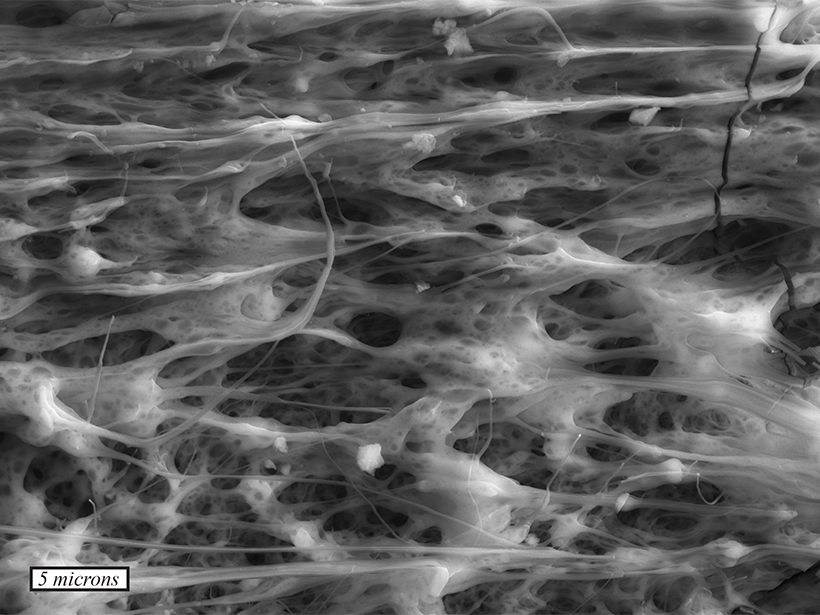Source: Journal of Geophysical Research: Solid Earth
Earthquakes occur when a long buildup of pressure and tension suddenly releases, causing two plates to slide over one another. This motion, known as stick slip, occurs when forces pressing the two plates together exceed the friction between them. The plates slip into a more stable new position with an earthquake-producing jolt, sort of like the precise moment your thumb and forefinger slide off each other when you snap.
However, stick slip is far more complex than a high school physics problem: Variables like heat and fracture energy can’t be ignored, and no two faults are alike. To get a sense of what is occurring at the exact moment when stick changes to slip, scientists have developed scaled-down laboratory experiments that precisely smash two rocks together to model a full-scale earthquake.
Here Passelègue et al. wired a 40-millimeter-diameter cylindrical piece of Westerly granite with a variety of sensors and then made a cut into the cylinder at a 30° angle to simulate a fault interface. The team put the sample into a triaxial oil medium loading cell and applied pressures up to 680 megapascals—around 1000 times more than the typical road bicycle tire pressure and more than enough to simulate the grinding of two tectonic plates.
Using the data gleaned from the sensors, as well as an electron microscope analysis of the granite’s surface, the team suspects that the “flash heating theory” may play a large role in explaining what’s happening at the crucial moments of earthquake propagation. The theory posits that at the interface between the two tectonic plates (or pieces of granite in the experiment), extreme frictional forces cause melting in microscopically small areas of the rock.
The authors found that melting occurs only where surfaces actually touch, which at the micron scale is a fairly small percentage of the total area, even with the smoothest, flattest rocks. The melting, however, serves as lubrication for the two plates—like sliding the two pieces of bread in a grilled cheese sandwich over one another versus two pieces of plain toast. According to the authors, this lubrication suggests that earthquakes could relieve more stress locally than scientists expect.
The experiment also revealed that when more stress was initially applied to the granite sample, the quake dissipated proportionally more energy than ruptures that occurred under lower stress. The team also observed that the fracture energy, which can be thought of as the strength of the fault, scaled with the total amount of final slip according to a power law.
The study gives insight into the precise physics at play in the critical moments of an earthquake and reveals an important relationship between total slip and fracture energy. The latter, the authors say, may be applicable to real earthquakes, not just those modeled in a laboratory. (Journal of Geophysical Research: Solid Earth, doi:10.1002/2015JB012694, 2016)
—David Shultz, Freelance Writer
Citation:
Shultz, D. (2016), Flash heating may lubricate rubbing rock faces in earthquakes, Eos, 97, https://doi.org/10.1029/2016EO052947. Published on 24 May 2016.
Text © 2016. The authors. CC BY-NC-ND 3.0
Except where otherwise noted, images are subject to copyright. Any reuse without express permission from the copyright owner is prohibited.

